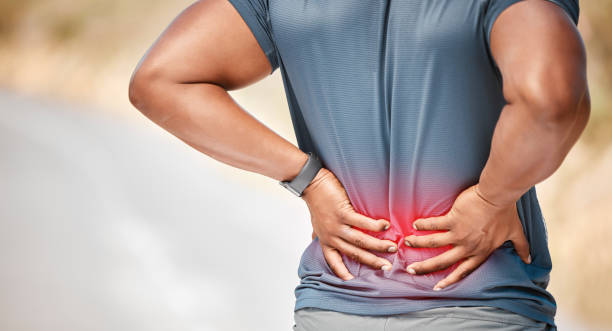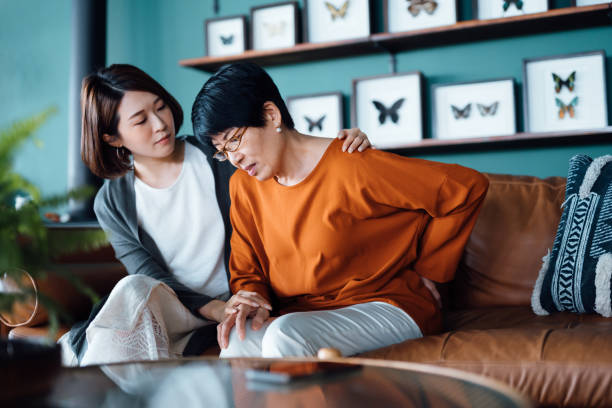Diverticulitis is a medical condition that affects the digestive system, specifically the large intestine. When the inner lining of the large intestine bulges through weak spots in the muscular wall, small pockets or sacs called diverticula are formed. These diverticula can become inflamed and infected, leading to diverticulitis. Back pain is a common symptom of diverticulitis and can range from mild to severe.
The exact cause of diverticulitis is unknown, but it is believed to be related to a low-fiber diet, high in processed foods and animal fats, which can cause hard stools and increase the pressure in the intestine. Age is also a factor, as the risk of developing diverticulitis increases with age. Other risk factors include obesity, smoking, a sedentary lifestyle, and a family history of the condition.
The symptoms of diverticulitis back pain can vary depending on the severity of the condition. Some common symptoms include:
Abdominal pain: This is the most common symptom of diverticulitis and is often felt on the lower left side of the abdomen. The pain can range from mild to severe and may be accompanied by cramping.
Nausea and vomiting: These symptoms may occur if the infection spreads to the surrounding organs, such as the bladder or appendix.
Constipation or diarrhea: People with diverticulitis may experience changes in bowel movements, either constipation or diarrhea.
Back pain: Diverticulitis can cause pain in the lower back, especially if the infection spreads to the surrounding organs.
High temperature: A high temperature, or fever, is a sign that the body is fighting an infection.
If you suspect that you have diverticulitis back pain, it is important to seek medical attention immediately. Your doctor will perform a physical examination, which may include a rectal exam, and may also order tests such as a CT scan or blood tests to confirm the diagnosis.
Treatment for diverticulitis back pain depends on the severity of the condition. Mild cases may be treated with antibiotics and a low-fiber diet to allow the intestine to heal. More severe cases may require hospitalization and intravenous antibiotics. In some cases, surgery may be required to remove the affected part of the intestine.
To prevent diverticulitis back pain, it is important to follow a healthy, balanced diet that is high in fiber and low in processed foods and animal fats. Regular exercise and maintaining a healthy weight can also help reduce the risk of developing diverticulitis. It is also important to avoid smoking and to limit alcohol consumption.
In conclusion, diverticulitis back pain is a common symptom of the digestive condition diverticulitis. Symptoms can range from mild to severe and include abdominal pain, nausea, vomiting, constipation or diarrhea, back pain, and a high temperature. Treatment depends on the severity of the condition and can range from antibiotics and a low-fiber diet to surgery. To prevent diverticulitis back pain, it is important to follow a healthy, balanced diet, exercise regularly, maintain a healthy weight, avoid smoking, and limit alcohol consumption.

 Home
Home Health
Health Diet & Nutrition
Diet & Nutrition Living Well
Living Well More
More












